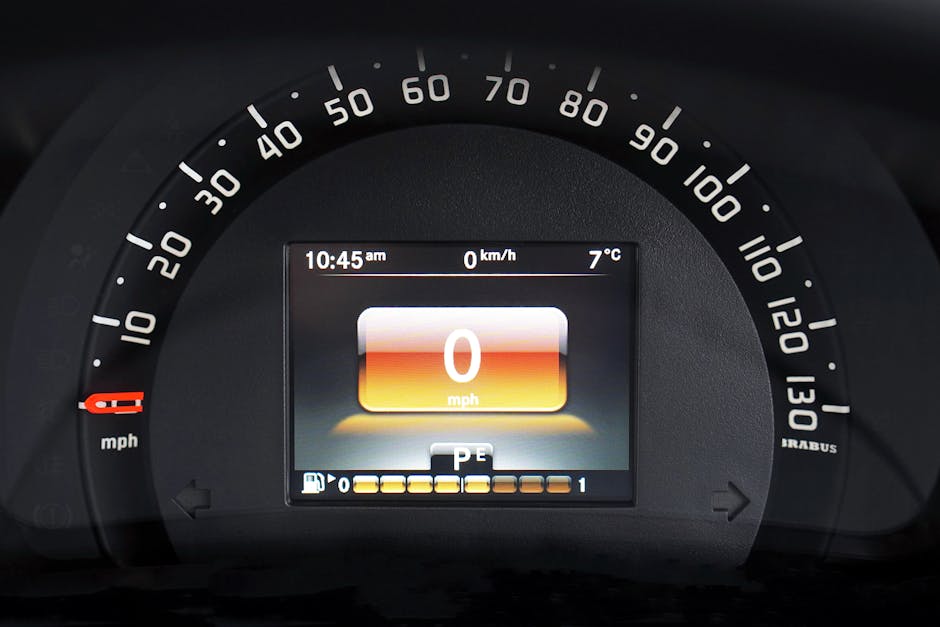The Most Advanced Driver-Assistance Systems: Revolutionizing Road Safety and Driving Experience
Introduction
In the rapidly evolving world of automotive technology, driver-assistance systems (ADAS) have emerged as one of the most transformative innovations. These systems, designed to enhance safety, improve driving comfort, and reduce human error, represent a significant leap toward fully autonomous vehicles. From adaptive cruise control to automated emergency braking, the most advanced driver-assistance systems combine cutting-edge sensors, artificial intelligence, and real-time data processing to create a safer and more intuitive driving experience.
This article explores the latest advancements in ADAS, their key features, benefits, and the future of autonomous driving.
The Evolution of Driver-Assistance Systems
Driver-assistance technology has come a long way since the introduction of basic features like anti-lock braking systems (ABS) and electronic stability control (ESC). Today, modern ADAS integrates multiple sensors—including cameras, radar, LiDAR, and ultrasonic detectors—to provide a comprehensive safety net around the vehicle.
Key Milestones in ADAS Development:
- 1990s: Introduction of ABS and ESC, improving vehicle stability.
- Early 2000s: Adaptive cruise control (ACC) and lane departure warnings (LDW) entered the market.
- 2010s: Advanced features like automatic emergency braking (AEB) and blind-spot monitoring became standard in luxury vehicles.
- 2020s: AI-powered systems, predictive analytics, and vehicle-to-everything (V2X) communication enhance real-time decision-making.
With each technological leap, ADAS has become more sophisticated, paving the way for semi-autonomous and fully autonomous driving.
Cutting-Edge Features of Modern ADAS
The most advanced driver-assistance systems today offer a suite of intelligent features that work seamlessly to prevent accidents and assist drivers. Below are some of the most groundbreaking technologies available:
1. Adaptive Cruise Control (ACC) with Stop & Go
Unlike traditional cruise control, ACC uses radar and cameras to maintain a safe following distance from the vehicle ahead. The latest versions can bring the car to a complete stop in traffic and resume driving automatically, reducing driver fatigue in congested conditions.
2. Lane-Keeping Assist (LKA) & Lane Centering
Using cameras to detect lane markings, LKA gently steers the vehicle back into its lane if it begins to drift unintentionally. More advanced systems, like Tesla’s Autopilot and GM’s Super Cruise, provide continuous lane centering for hands-free highway driving.
3. Automatic Emergency Braking (AEB)
AEB detects potential collisions with vehicles, pedestrians, or cyclists and applies the brakes if the driver fails to react in time. Some systems, like Volvo’s City Safety, can even detect large animals and mitigate nighttime accidents.
4. Blind-Spot Monitoring with Intervention
Beyond just alerting drivers to vehicles in their blind spots, some systems (e.g., Audi’s Side Assist) can actively steer the car away from a potential collision if the driver attempts an unsafe lane change.
5. Traffic Sign Recognition & Intelligent Speed Assistance
Using AI-powered cameras, modern ADAS can read speed limit signs and adjust the vehicle’s speed accordingly. The European Union now mandates Intelligent Speed Assistance (ISA) in new vehicles to improve compliance with traffic laws.
6. Cross-Traffic Alert with Automatic Braking
When reversing out of a parking spot, this system detects approaching vehicles or pedestrians and can apply the brakes to prevent a collision.
7. Predictive Navigation & AI-Based Route Optimization
Some luxury vehicles, like those from Mercedes-Benz, use AI to analyze driving habits, traffic conditions, and road hazards to suggest the safest and most efficient routes.
8. Driver Monitoring Systems (DMS)
Using infrared cameras, DMS tracks driver alertness and can issue warnings—or even take corrective action—if signs of drowsiness or distraction are detected.
The Role of AI and Machine Learning in ADAS
Artificial intelligence has revolutionized driver-assistance systems by enabling real-time decision-making and predictive analytics. Machine learning algorithms process vast amounts of data from sensors to improve accuracy in:
- Object detection (distinguishing between pedestrians, cyclists, and vehicles).
- Behavior prediction (anticipating sudden lane changes or braking by other drivers).
- Personalized driving assistance (adapting to individual driving styles for smoother operation).
Companies like Tesla, Waymo, and Mobileye are at the forefront of AI-driven ADAS, continuously refining their systems through over-the-air (OTA) updates.
The Future of ADAS: Toward Full Autonomy
While today’s ADAS is classified as Level 2 (partial automation) or Level 3 (conditional automation) on the SAE autonomy scale, the industry is rapidly progressing toward Level 4 (high automation) and Level 5 (full autonomy). Future advancements may include:
- Vehicle-to-Infrastructure (V2I) Communication: Cars communicating with traffic lights and road sensors for optimized traffic flow.
- Augmented Reality (AR) Head-Up Displays: Projecting real-time navigation and hazard alerts onto the windshield.
- Biometric Driver Recognition: Adjusting ADAS settings based on the driver’s identity and preferences.
Conclusion
The most advanced driver-assistance systems represent a convergence of safety, convenience, and cutting-edge technology. By reducing human error—the leading cause of accidents—ADAS is making roads safer while paving the way for a future where autonomous vehicles are the norm. As AI, sensor technology, and regulatory frameworks continue to evolve, we can expect even more sophisticated systems that redefine the driving experience.
For now, drivers can enjoy unprecedented levels of assistance, knowing that their vehicles are equipped with some of the most intelligent safety features ever developed. The journey toward fully autonomous driving is well underway, and ADAS is leading the charge.
Would you like any additional details on specific ADAS technologies or manufacturers leading the industry?

